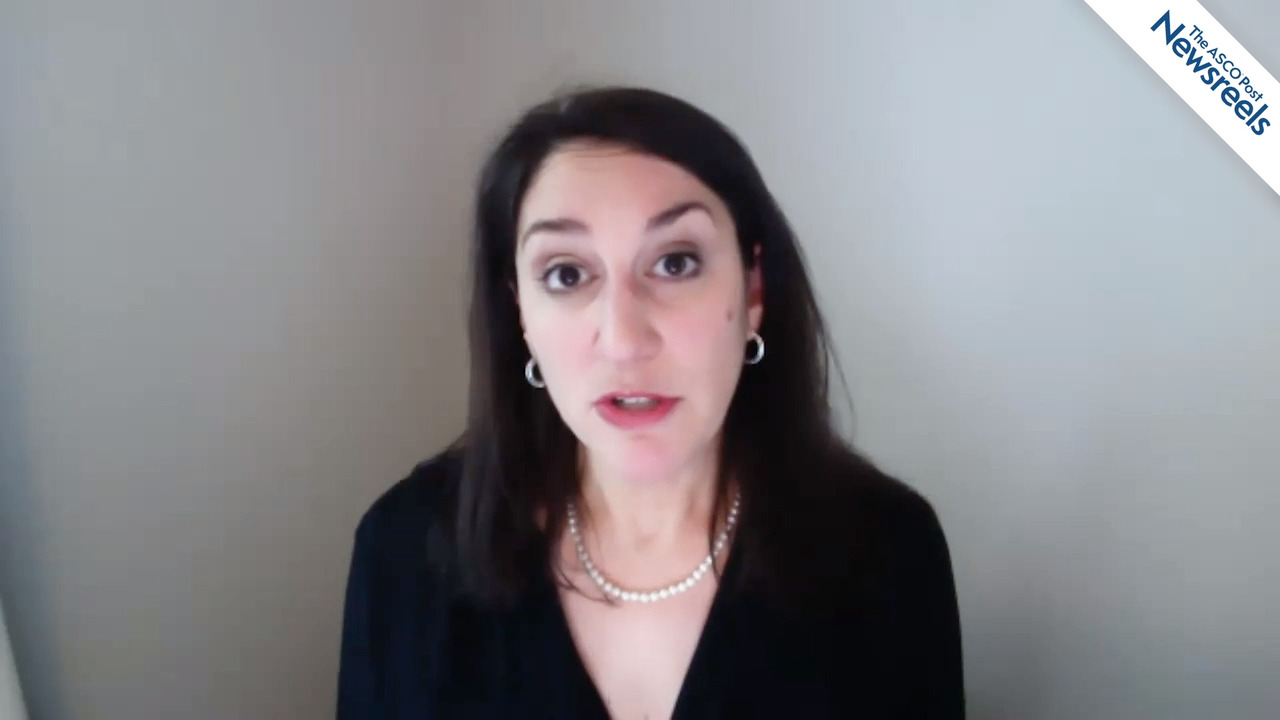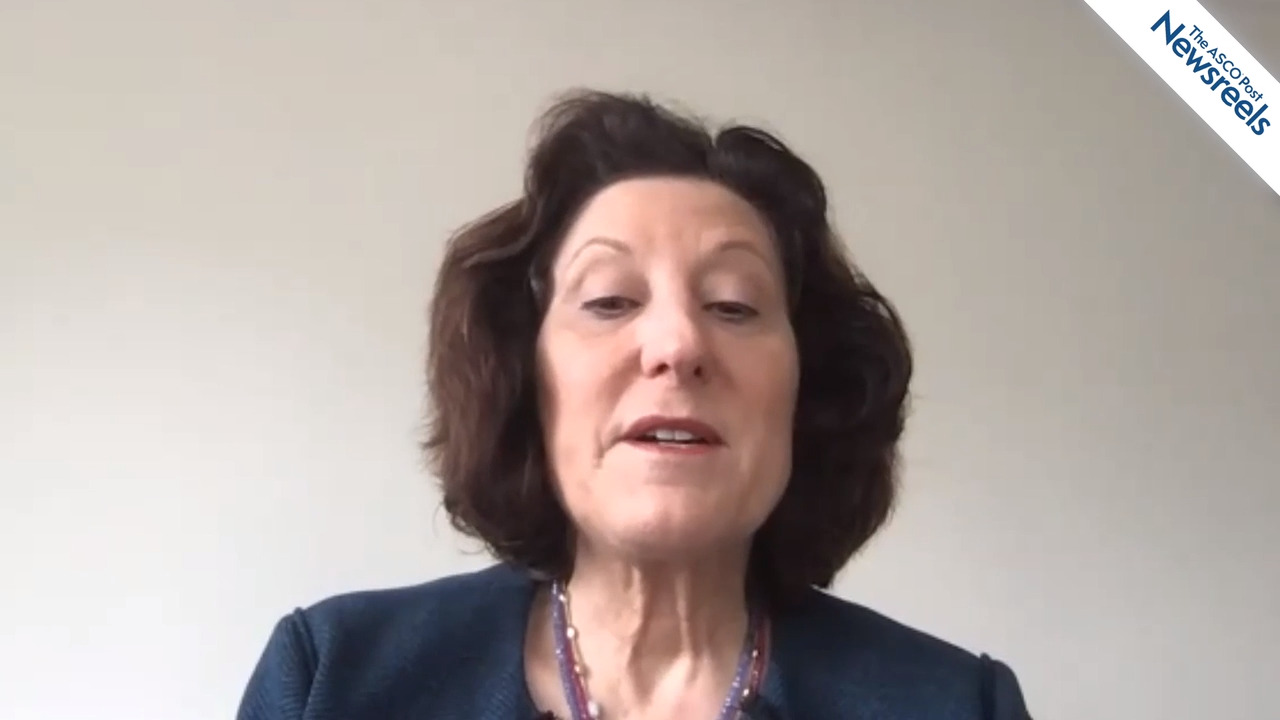Apar Kishor Ganti, MD, on NSCLC: Real-World Adherence and Persistence of ALK Inhibitors
NCCN 2020 Virtual Annual Conference
Apar Kishor Ganti, MD, of the University of Nebraska Medical Center, discusses his study findings, which show that alectinib was associated with longer treatment persistence and comparable adherence to other ALK inhibitors (Abstract HSR20-084).
The ASCO Post Staff
William J. Gradishar, MD, of Robert H. Lurie Comprehensive Cancer Center of Northwestern University, discusses the “4R Model” (Right Information, Care, Patient, and Time) which has proved to be a promising method for patient self-management. Patient care sequence plans markedly improved several aspects of patient self-management, as well as delivery of multimodality care (Abstract BPI20-017).
The ASCO Post Staff
Pam Baker DeGuzman, PhD, of the University of Virginia School of Nursing, discusses her study findings on the use of the NCCN Distress Thermometer, which identified and addressed distress in patients treated for head and neck cancer who were then referred to speech pathologists, lymphedema specialists, and social workers (Abstract HSR20-082).
The ASCO Post Staff
Barbara DeVivo, PhD, MBA, of Westmont College, talks about how the culture and structure of tumor boards—and their invisible status hierarchies—may hamper collaboration and influence the way providers treat patients with cancer (Abstract BPI20-020).
The ASCO Post Staff
Hope S. Rugo, MD, of the University of California, San Francisco, discusses an integrated analysis of five clinical trials, in phases I through III, for a variety of advanced cancers. Findings show that patients treated with talazoparib monotherapy had lower hospitalization rates (compared to those receiving chemotherapy) and used less supportive care medication (Abstract CLO20-052).
The ASCO Post Staff
Karen Wonders, PhD, of Wright State University, discusses the safety and efficacy of exercise during cancer treatment in minimizing toxicities and addressing the short- and long-term effects of cancer therapy. Dr. Wonders suggests that exercise becomes a standard of care for patients with cancer (Abstract HSR20-110).





